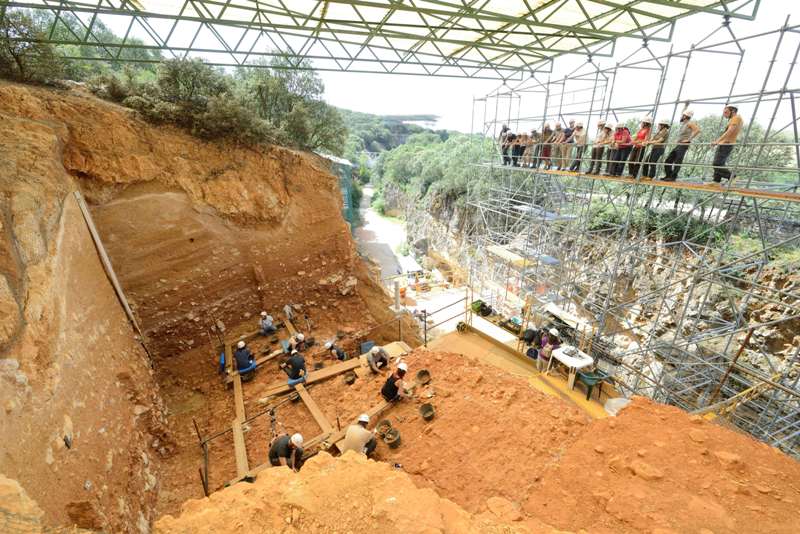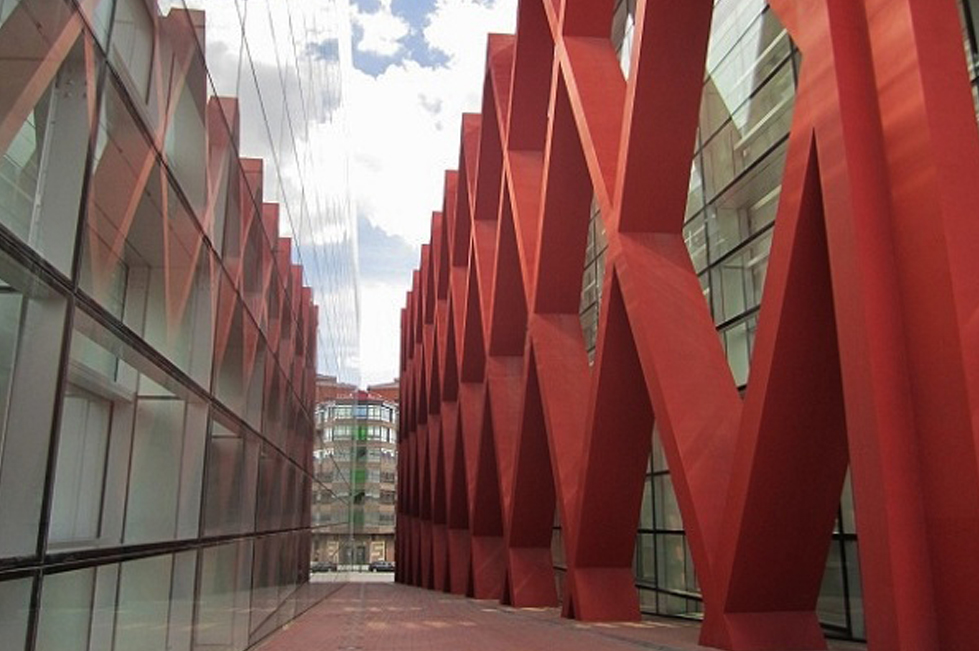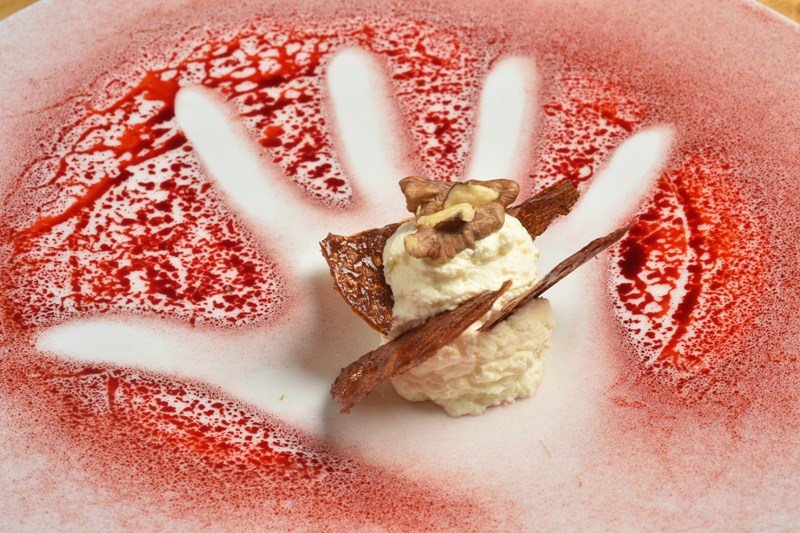Burgos is located in the north of Spain, in Europe’s north-south commercial hub, halfway between Spain’s border with France and the Spanish capital, Madrid.
The city centre still retains an outstanding set of artistic and monumental structures composed of the Cathedral – declared a World Heritage Site by UNESCO –, a protected historic quarter and buildings that have remained intact over time, such as the Cistercian monastery of Las Huelgas and the Carthusian monastery of Miraflores.
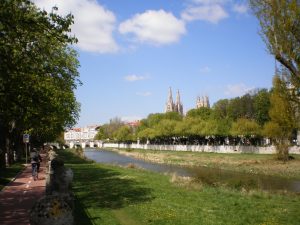
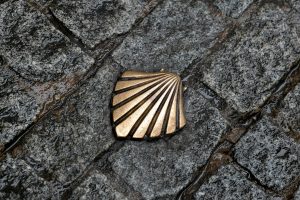
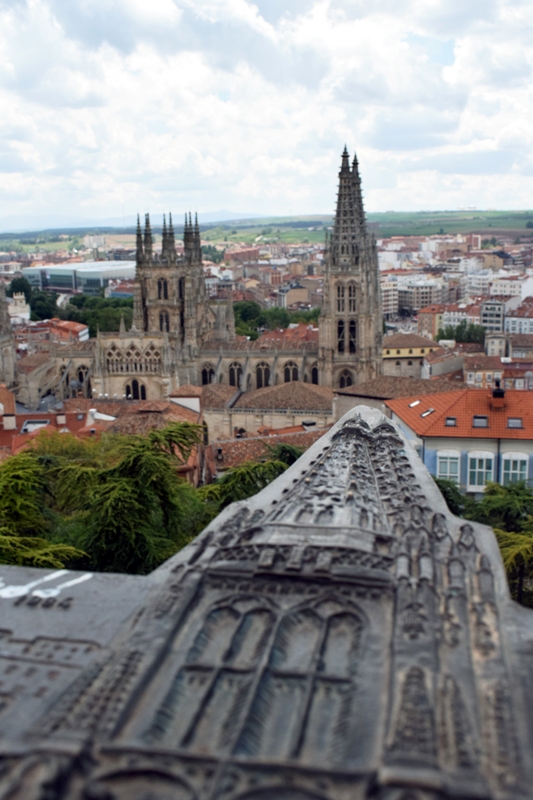
A historic city that has known how to maintain its heritage and the culture of times gone by, influenced by the thousands of travellers coming from different parts of the world who have left their mark thanks to the fact that Burgos has become an essential stopover along the route of the Way of Saint James.
These emblematic medieval buildings have a unique and attractive counterpoint in the Museum of Human Evolution (known by its acronym in Spanish, MEH), where the original fossils found at the famous archaeological sites of the Atapuerca mountains are exhibited.
As a Creative City of Gastronomy, Burgos has formed part of the network since 2015 thanks to the project based on the experimental study into the human body’s consumption of energy, in relation to a healthy diet.
The study was presented under the name Motores Humanos [Human Engines] and aims to generate awareness – at a local and international level – of the relationship between human evolution and gastronomy.
In this sense, Creative City of Gastronomy works with the experience of the University of Burgos in different programmes relating to biotechnology and nutrition, food technology, avant-garde gastronomy, and with the National Research Centre for Human Evolution (known by its acronym in Spanish, CENIEH).
Thanks to Burgos’ proximity to the archaeological sites of the Atapuerca mountains, just 15km away, this exceptional enclave distinguished the city’s candidature, making it a reference point for studying human evolution that was also recognised by UNESCO, which declared it a world heritage site in 2000.
Abundant remains of the Homo Heildelbergensis dating back 500,000 years were found in the Sima de los Huesos, as well as in Gran Dolina and the Sima del Elefante, where fossils of the Homo Antecessor have appeared – a species that lived one million years ago and that can be considered as that of the first Europeans.
The added value of the city’s promotion in 2013, when Burgos obtained the title of Spanish Capital of Gastronomy, has highlighted its culinary potential ever since.
On the basis of this initiative, several programmes were implemented to highlight the city’s gastronomy and local products, as well as its commitment to promoting Burgos’ gastronomy through its participation in different initiatives together with other Cities from the Network, at a European and international level, at a vital point in time for sustainable urban development.



